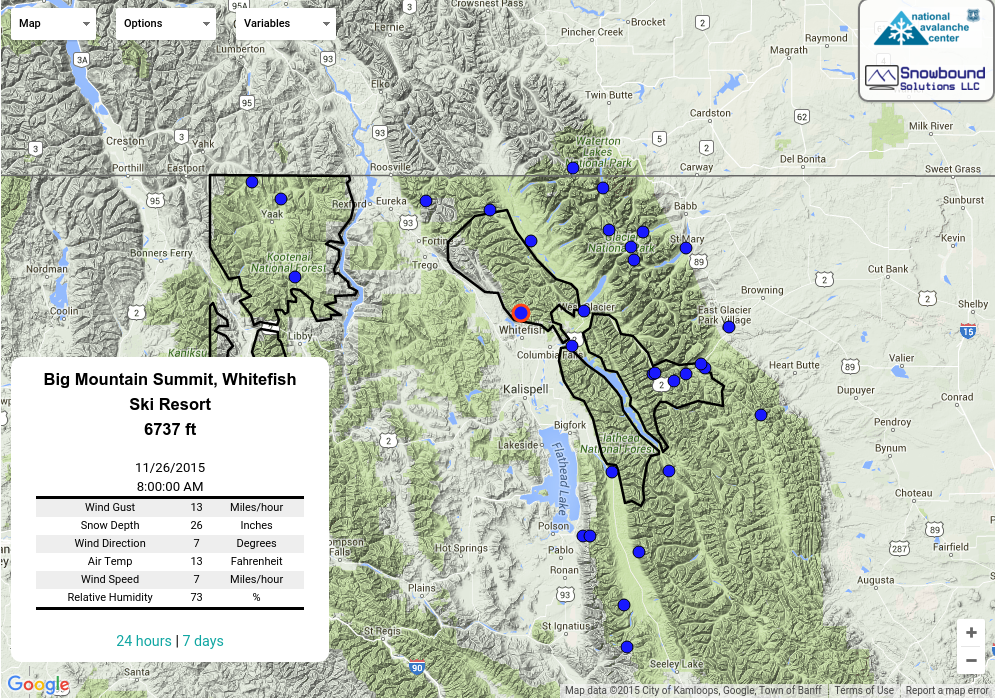Super avalanche debris Bowl
|
Location Name: Forecaster Observation - Flathead Range Observation date: Sunday, February 2, 2020 - 18:45 |
Is this an Avalanche Observation: Yes |
|---|
Tabs
Just below the summit of Grant. Could not see the runout, but assume it also ran full track and was similar in size to the other deep slab observed.
Glide release on Great Northern. Could not see runout, size and dimensions are estimated from afar and measured on Google Earth. No snow on the bedrock so it likely ran late in the storm.
Various crowns at that looked like wind slabs. Some may have had some surface wetting though. Slides ran unusually large because they gouged into isothermal snowpack at lower elevations.
We skied past this crown, about a foot thick of mostly just crust now, presumably a wet slab. The debris was surprisingly large because it gouged into isothermal wet snow as it ran downslope.
A handful of other wind slabs, mostly upper elevations, one at mid elevations. One was triggered by cornice fall.
A couple of D3 debris piles where we couldn't make out a crown or starting point. Just wet piles at low elevation runouts.
A few wet loose that started at mid elevations, various aspects. .
Not sure if this was a thick wind slab or a slab that failed on deep weak layers, but in a relatively thin and scoured part of the slope.










Crown investigation. Failure interface was a thin ice crust above 1.5-2.5 mm moist facets (1F+). There were also smaller facets above the ice crust. It was not clear if the failure occurred above or below the ice crust; I suspect below. I was also surprised to see the facets were moist. Perhaps residual, insulated heat from solar in November? There was no sign of any recent wetting at the surface (no surface crusts on the crown). The slope is corniced but I didn't see any obvious cornice falls. The debris appeared to have two waves, a dryer, further reaching wave that didn't quite reach the historic runout. A wetter, much deeper wave that stopped short of the dry runout. This slide appeared to be more destructive than the D4 on Nyack, although it didn't reach into any mature timber. The bed surface had dry, fluffy snow on it but not much, if any, denser snow, which makes me think the slide ran during the transition from warm front to cold front roughly midday Saturday.